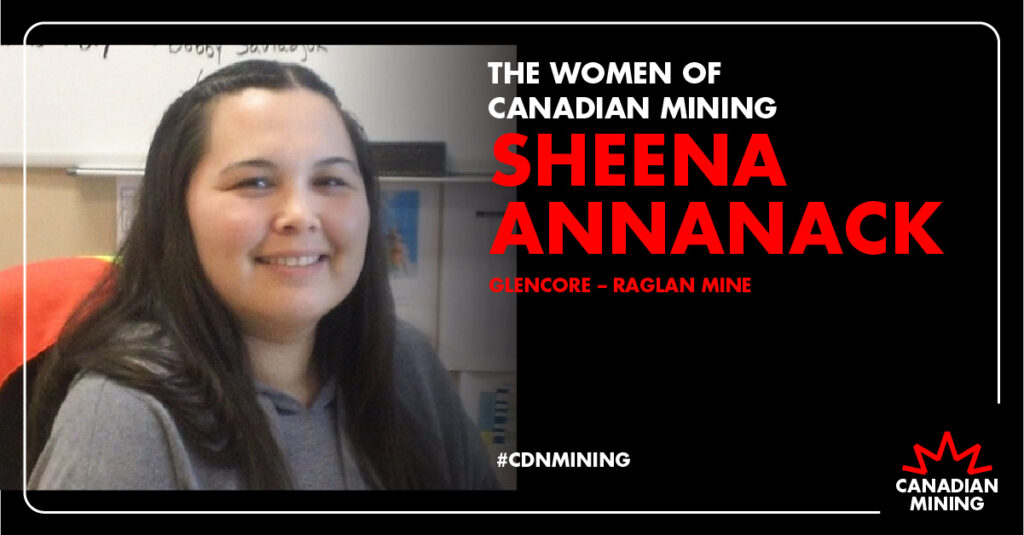Executive summary
The transition to a low carbon economy, as well as changing technology and geopolitical stresses, requires the expeditious development of new mining, energy generation and infrastructure projects in Canada. There is a broad consensus that the timeline for the planning and approval process for new projects, (including “no go”) has to be shortened from 10-15 years without losing the requirements for good planning, environmental protection and Indigenous consultation. The federal government is exploring how the project permitting process can be improved. At the same time, the federal government is requesting an opinion from the Supreme Court of Canada on the constitutionality of the Impact Assessment Act (IAA) after the Alberta Court of Appeal in May 2022 determined the IAA and the associated Physical Activities Regulations are unconstitutional.
Federal environmental/impact assessment has been applied to mining projects since the enactment of the Canadian Environmental Assessment Act, 1992 (CEAA 1992). In this document, we are sharing our experience with federal assessment legislation. We note why we believe timely, predictable and robust project permitting is essential for Canada to meet the goals it is pursuing, and the role of the mining industry in advancing those goals. We review the challenges the mining industry has experienced with each version of federal assessment legislation and why clarity and stability of legislation is important.
For nearly 30 years, the objective of “one project one assessment” remains elusive. The combination of provincial and federal assessment and approval processes, and related necessary Indigenous engagement, continues to fall short of coordinated, timely and efficient planning. Such uncoordinated process duplication is not seen in other countries.
We highlight our difficulty with understanding how the approach to setting conditions and considering cumulative effects under the Canadian Environmental Assessment Act, 2012, (CEAA 2012) was consistent with assessing adverse effects in areas of federal jurisdiction. The same approach has been carried over to the IAA, so clarification being sought remains relevant today.
We hope that the issues and challenges described in this document will provide helpful context for the constitutional debate that will occur before the Supreme Court of Canada.

